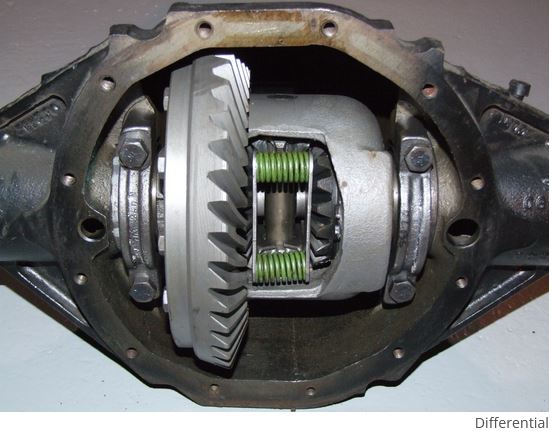How Often Should I Change Differential Fluid? Fluid change intervals depend on your vehicle, driving conditions and gear oil quality. _by David Paiuilldorf | july 26, 2023 A differential is a set of gears that allows a vehicle’s driven wheels to revolve at different speeds when going around corners or over rough terrain. Those gears […]
You are browsing archives for
